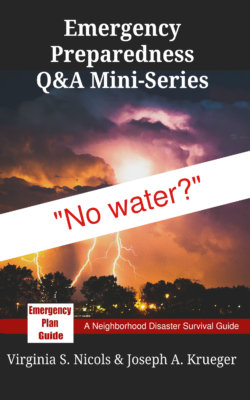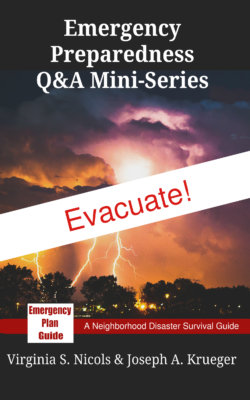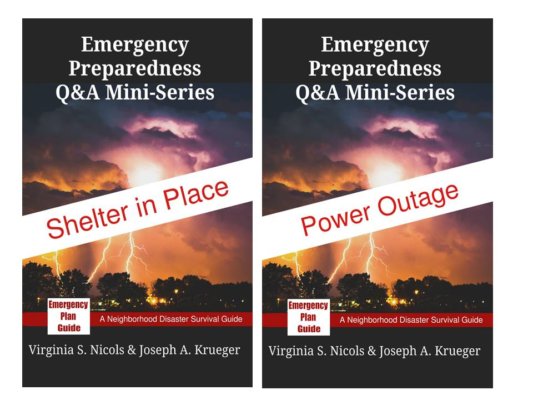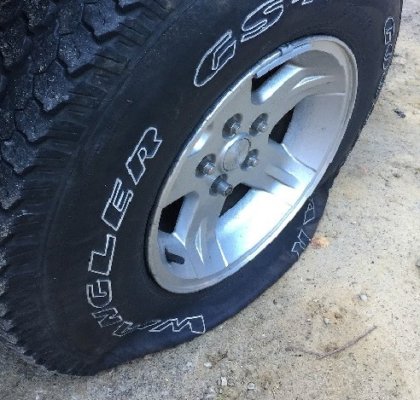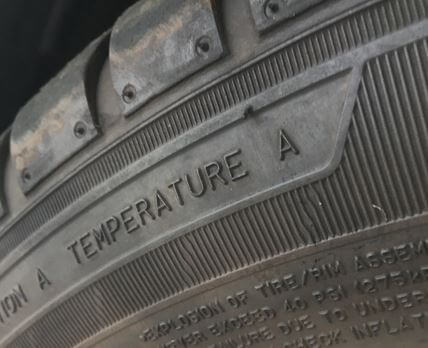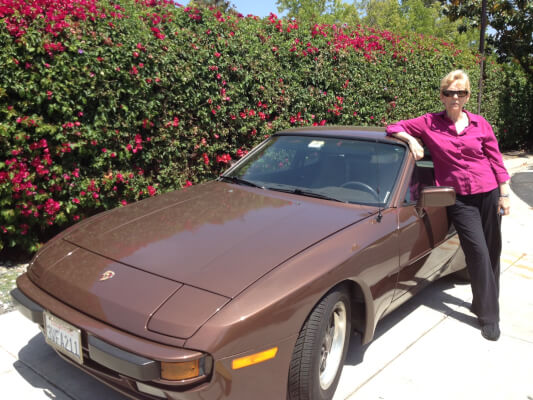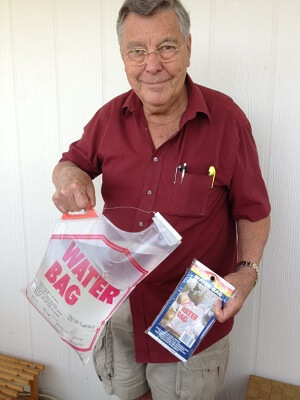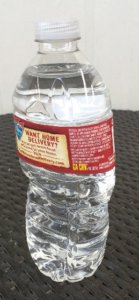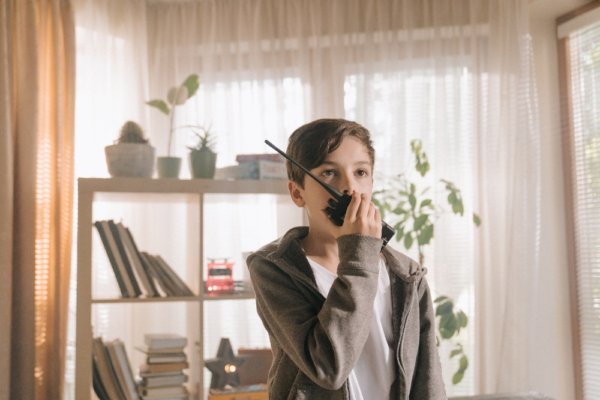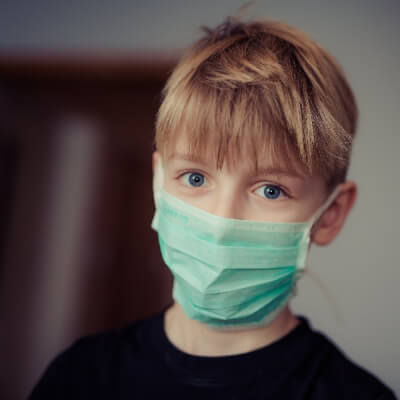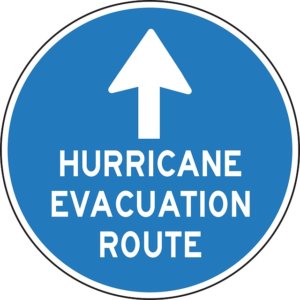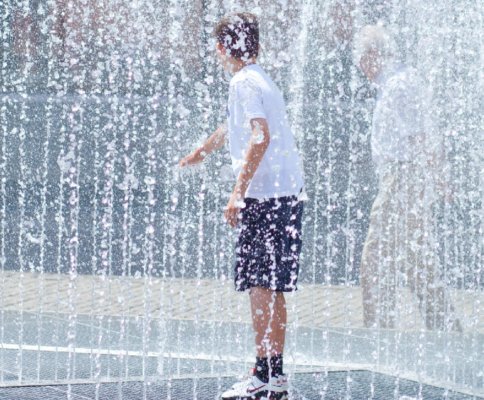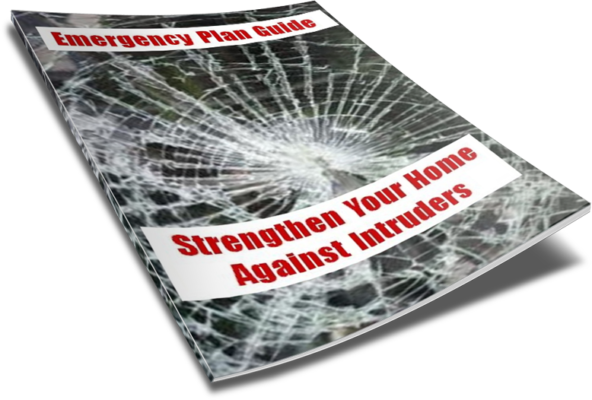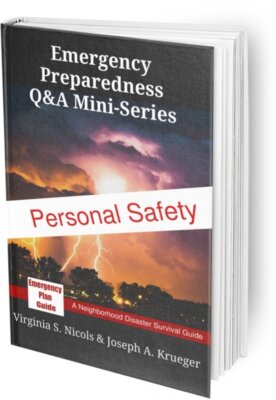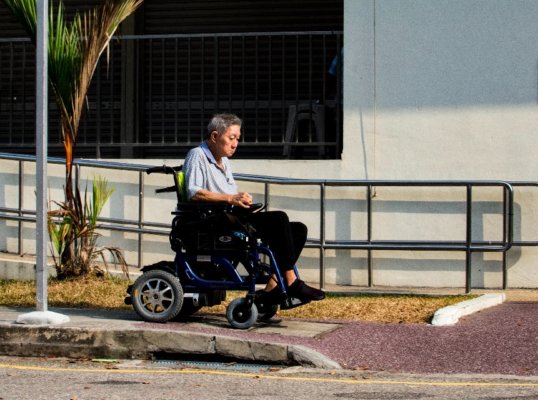What’s YOUR Cyber Security Threat Level?

It may not be the Russians, but chances are increasing that “somebody” will try to hack into your home or business network over the next few months. Or weeks. Or days!
You’ll be smart to have a good understanding of your cyber security threat level.
The FBI reports cyber attacks have increased 300% since so many people started working from home! And these at-home offices are a new target for hackers. It’s not that you have so much valuable information within your own network or on your own devices — though you might. But if you have a connection to a corporate network, that’s what hackers will definitely be looking for!
Being fully aware of your cybersecurity threat level is probably not possible.
Even the experts have to keep learning, changing, shifting gears. You can get an idea of the playing field by reviewing 21 of the top security predictions for 2021 in this long and quite heavy-duty article from GovTech.
Since not all of us want to become experts ourselves (!), we have pulled excerpts from the GovTech article – and from several others on the same topic — and collected them here as a simple quiz. (Links in the quiz will take you to a few articles for more details.)
These questions cover basics of cyber security for your small home or business network. Can you answer all of them?
Feel free to review the questions and follow up on any of the links. When you’re finished, click here for a one-page downloadable PDF copy of the quiz. Share it with co-workers or your IT support team.
- Are you backing up essential business data on a regular basis? Storing it in more than one place, including in a secure cloud repository?
- Do you have comprehensive anti-virus software installed and updated?
- Have you set a policy regarding passwords for all home devices including cellphones – how to create, when to change? Alert! Passwords are phasing out; multi-factor authentication phasing in.
- Do you and your employees get regular training on network protection? That might include phishing attempts, email scams, automated downloads, fake technical support, unchecked USB files, etc.
- Do you distinguish between acceptable and unacceptable internet activity on your business computer? Have you set video conferencing security policies? Are policies spelled out? Do you monitor compliance?
- What steps have you taken to protect customer data? Is it password protected? Encrypted? Do you have a published privacy policy on your website?
- In case your network goes down, do you have alternate ways to contact customers, vendors, and employees? Are these crisis communications alternates already set up?
- Do you have a written disaster recovery plan that includes data protection? When was the last time you tested it to see if it works?
- Do you have insurance for cyber disaster and/or business interruption?
- Are you confident that you understand all security requirements associated with your industry and business — licensing, personnel documents, financial records, customer files, contracts, etc.?
Disclaimer: At Emergency Plan Guide, we are not security experts, and the material here in our Cyber Quiz is meant for information only. It may not be complete, and does not constitute professional security advice.
But if you’re tempted to ignore it, you are raising your own threat level!
Virginia
Your Emergency Plan Guide Team
P.S. What security stories do you have to share? Let us know! EVERY body will benefit!
















